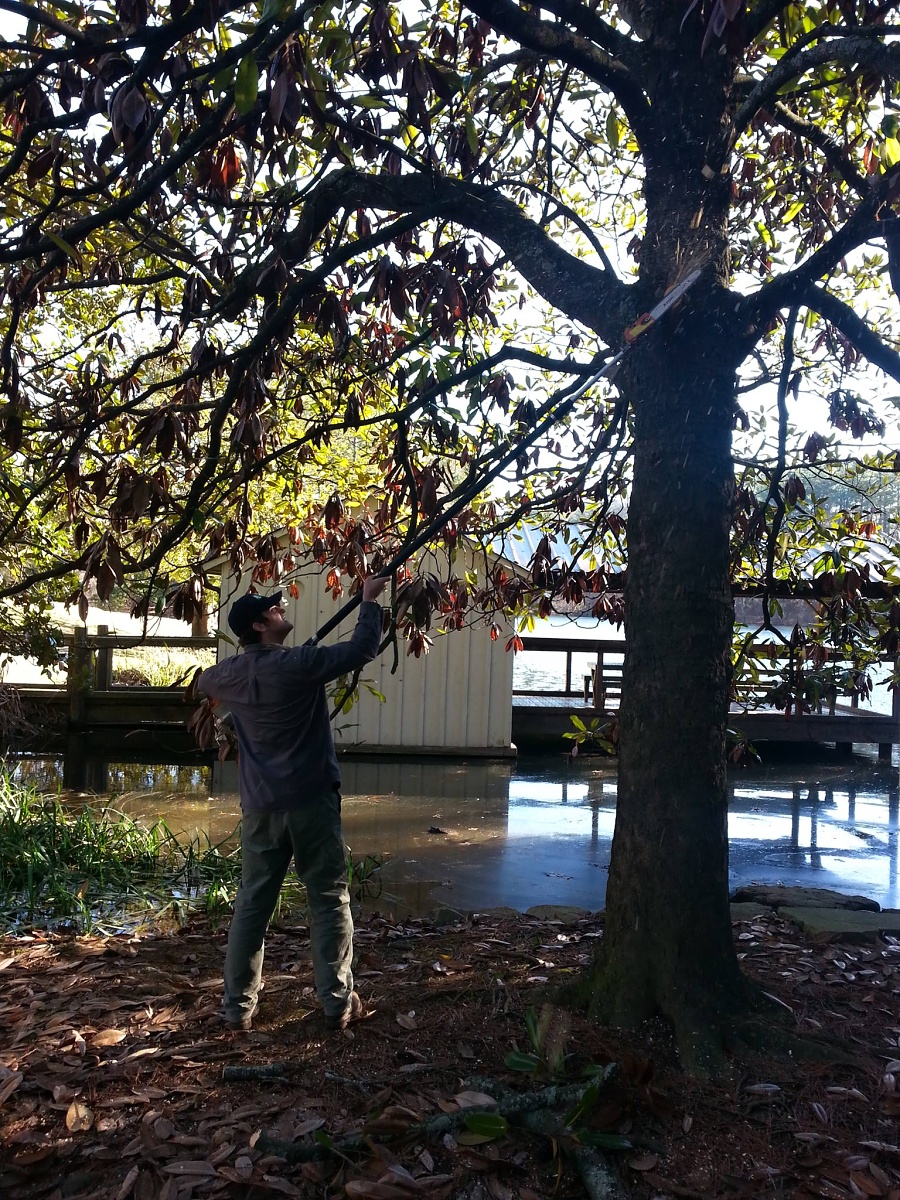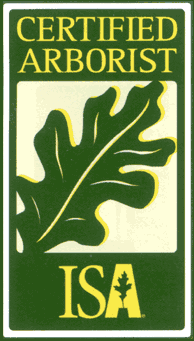Pruning Company Serves to Birmingham, Al
Types of Pruning
ACE Tree Service offers different types of tree pruning in Birmingham, Al such as:
Conopy raising
Crown or canopy raising is a technique where the lowest branches of a tree are pruned. This technique is used for aesthetic and practical reasons. By removing the lower limbs, the area around the tree is more open and the view is dramatically enhanced. The canopy may be raised to aid vegetation growth around the tree. It also is utilized to achieve an even and uniform look. For practical purposes, the canopy is raised to allow easy pedestrian access under the tree.
Crown thinning
Crown thinning refers to selective pruning of limbs throughout the crown of the tree. This increases light in and below the tree. It also increases air flow through the tree which allows wind to pass through more easily. The increased light and air flow naturally decreases the pest population in the tree. Crown thinning unlike raising the canopy does not alter the shape or size of the tree.
Crown Reduction
Crown reduction is selective pruning of a tree to accommodate limited space, rectify shade or light damage, reduce weight of heavy limbs, or remedy damage done by unskilled tree service companies.
Crown Cleaning
Crown cleaning is a selective pruning technique to remove hazardous, diseased, dying and/or dead limbs from a tree. It may also involve removing certain epicormic branches (also known as water sprouts or suckers) that form as a response to injury or stress. By removing the epicormic branches, it allows the dominate limbs to grow stronger.
Crown restoration
Crown restoration is pruning to improve the appearance, structure and shape of a tree damaged by weather or by humans. Weather damage can include wind or lightening. Human damage may be the result of vandalism or unskilled tree service companies.
Root Pruning
Root pruning is selective pruning for when the roots of a tree are interfering with its surroundings. Unruly roots can damage or destroy sidewalks and driveways. They can cause significant damage to pool areas. Roots of a thirsty tree can choke out a water line seeking a drink. They also may harm sewer lines and other underground utilities. Selectively removing roots of a tree may prevent or limit damage.
Other Pruning Techniques
- Hazardous limb removal is pruning to remove weak, hanging or dead limbs.
- Line/Structure clearance is pruning the limbs that interfere with utility service such as power and cable lines or structures such as fences or roofs.
- Structural pruning is utilized for young trees to encourage solid limb growth with strong attachments.
How to Prune a Tree
Many people with their loppers, shears or chain saws in hand set out to prune their own trees. Most people do not have the training or skills to properly prune a tree. An ISA certified arborist, such as Adam Elliot, has completed many hours of education and practical experience. A certified arborist is qualified in tree assessment, climbing, cutting, and pruning. They are experienced with climbing safety and also the safe operation of equipment. It is recommended to hire a professional for your tree pruning needs.
With that being said, a basic understanding of tree anatomy and the healing process is required for the amateur. The major parts of a tree include the leaves, trunks and branches that are surrounded by bark, fruit and flowers, and roots. The leaves provide nourishment by the chemical process called photosynthesis as well as make the oxygen in the air that we breathe. The trunk is the support system for leaves and branches and the main stability for the tree. It is the pathway for water and nourishment to reach all parts of the tree. The branches stretch outward to help leaves reach the light needed for photosynthesis. Roots are anchors for the tree. They also absorb water and nutrients from the soil. Trees respond to wounds in two ways: compartmentalization (isolating the injured tissue with new growth) and barrier zones (setting chemical and physical boundaries around the wound). This is how a tree attempts to heal itself after injury.
It easy to understand the important job of each part of a tree and the consequences when one of these parts is wounded or removed in the pruning process. There is stress placed on a tree when healthy leaves are removed, when branches are cut resulting in wounds, and when wounds allow easy access for insects and disease. Another emphasis of why hiring an ISA certified arborist is preferred.
Three cuts are required to remove heavy or large limbs. The first cut (about halfway through the underside of the limb) prevents the bark from tearing as the limb falls. The second cut is made just outside the first cut and goes all the way through the limb. The final cut removes the stub left behind.
When pruning a tree, it is important to avoid cutting the branch collar, which is the swollen area at the base of a branch. Cutting too close to the collar can damage the tree's ability to compartmentalize the wound and heal properly. It is also important to avoid removing more than 25% of a tree's canopy in a single pruning session, as this can cause significant stress to the tree.
In conclusion, tree pruning is an important aspect of maintaining healthy and aesthetically pleasing trees. ACE Tree Service offers a variety of pruning techniques to suit the needs of each individual tree. It is recommended to hire a certified arborist for pruning needs, but for those who choose to prune their own trees, it is important to have a basic understanding of tree anatomy and proper pruning techniques.




